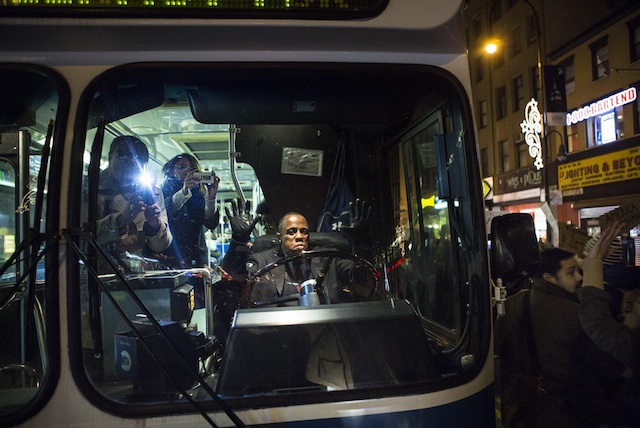Apr 10
20183
Neo-Liberalism and the Defanging of Feminism, Social Engineering, Whiteness & Aversive Racism
WATCH: The Ideology of Celebrity Humanitarianism
Kapuscinski Development Lecture
May 12, 2015

UNHCR Special Envoy actor Angelina Jolie takes part in a news conference at the NATO headquarters in Brussels, Belgium, January 31, 2018. REUTERS/Yves Herman
“Celebrity charity work is deeply tainted and ideological. Its altruistic pretensions are belied by several accompaniments: its tendency to promote both the celebrity’s brand and the image of the ‘caring’ (Western) nation; its entrenchment in a marketing and promotion machine that helps advance corporate capitalism and rationalizes the very global inequality it seeks to redress; its support to a ‘postdemocratic’ liberal political system that is outwardly democratic and populist, yet, for all intents and purposes, conducted by unaccountable elites; and its use and abuse of the ‘Third World’, making Africa, in particular, a background for First World hero-worship and a dumping ground for humanitarian ideals and fantasies. But what about our own complicity in this ideological work? As audience members and fans, or indeed even as detractors or critics, we too easily carry on our lives, consoled that someone is doing the charity work for us, just as long as we don’t have to.” [Source: Kapuscinski]
Excerpt from “The production and Construction of Celebrity Advocacy in International Development”
by Dan Brockington:
“Within British development ngos there has been a questioning of the values promoted by relying on celebrity. Within the academe there is a flourishing body of criticism of the role of celebrity in recreating and reproducing hegemonic capitalist inequality. Kapoor adopts the most radical position, arguing that celebrity is part of the forces which create and produce inequality, and that celebrities might in fact be ‘sadists’ delighting in their position at the top of the pyramid. He further suggests that the only way out of this dilemma is through a Marxist revolution and that following conventional means of tackling poverty (such as supporting ngos) is no solution – it is better to do nothing.”
[Ilan Kapoor is a Professor of Critical Development Studies at the Faculty of Environmental Studies, York University. He teaches in the area of global development and environmental politics, and his research focuses on postcolonial theory and politics, participatory development and democracy, and more recently, ideology critique. He is the author of The Postcolonial Politics of Development (Routledge 2008), and more recently, Celebrity Humanitarianism: The Ideology of Global Charity (Routledge 2013). He is currently writing a book on psychoanalysis and development.”]

























